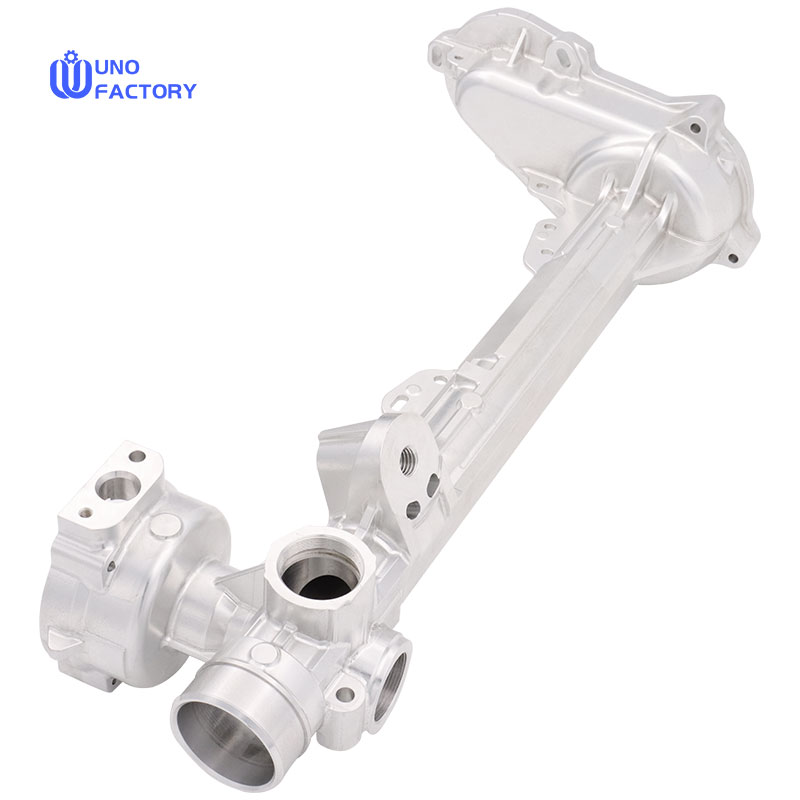Time to read: 6 min

CNC Machining: Precision Meets Technology
CNC machining transforms concepts into tangible parts through a blend of advanced CAD software and G-code directives. This process sculpts parts from solid blocks using specialized cutting tools on CNC machines that operate along multiple axes.
CNC Design Guidelines: Streamlining Cost and Quality
To harness the full potential of CNC machining, adhering to certain design practices is key. These guidelines not only reduce costs but also maintain high standards of quality and precision.
Optimize Surface Geometry
- Planar Surfaces: Favor flat and simple geometries to reduce complexity.
- Fillets and Radii: Incorporate these to minimize sharp corners and complex surfaces.
Enhance Internal Fillets
- Size Increase: Bigger fillets improve machining quality and reduce tool wear.
Undercuts at Sharp Corners
- Recess Design: Strategic undercuts improve material removal and tool access.
Standardize Tolerances
- Tolerance Levels: Stick to standard tolerances to minimize secondary operations.
Text and Lettering Specifications
- Font Selection: Use fonts that are suitable for machining and avoid overly complex lettering.
Consider Part Size
- Machine Capacity: Design parts that fit within the CNC machine's size limits.
Select Softer Materials
- Machinability: Opt for materials that are easier to machine and reduce machining times.
Minimize Tool Changes
- Tool Consolidation: Design parts that require fewer tool changes and setups.
CNC Milling Design Tips
- Tooling Considerations: Align designs with the capabilities of standard CNC cutting tools.
- Avoid Sharp Internal Corners: Utilize radiused corners to facilitate tool access.
- Deep Slot Caution: Be mindful of the depth-to-width ratios to prevent tool deflection.
CNC Turning Design Considerations
- Corner Design: Avoid sharp corners that complicate the machining process.
- Stable Length-to-Diameter Ratios: Prevent instability in long, thin-turned parts.
Drilling Design Best Practices
- Hole Depth: Ensure optimal hole depth to maintain structural integrity and machining precision.
- Threaded Holes: Specify the correct thread depth for secure fastener engagement.
Material Selection Guide
- Metals: Known for strength and durability, suitable for high-stress applications.
- Plastics: Offer lightweight and cost-effective solutions with good machinability.
Surface Finish Options
- As Machined: Provides a raw finish that can vary in uniformity.
- Bead Blasting: Creates a smooth, matte texture.
- Anodizing: Enhances corrosion resistance and wear resistance.
- Powder Coating: Provides a durable, protective coating with various color options.
Transforming Design to Production
Unofactory offers a seamless transition from design to production with our expert CNC machining services. Our platform streamlines the process, offering instant quotes and a clear view of production stages, ensuring parts meet your precise specifications.
Conclusion
CNC machining is an art that combines technical precision with innovative design. By following the guidelines in this guide, you can optimize your designs for manufacturing excellence, reducing costs, and enhancing quality. Unofactory is your partner in precision CNC machining, committed to delivering results that meet international standards.




